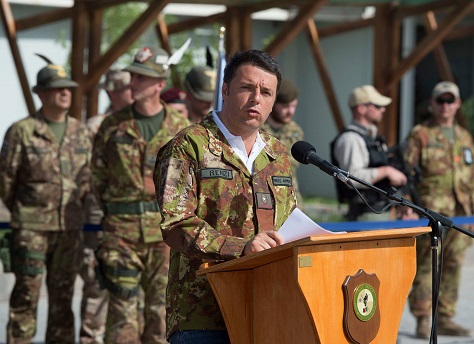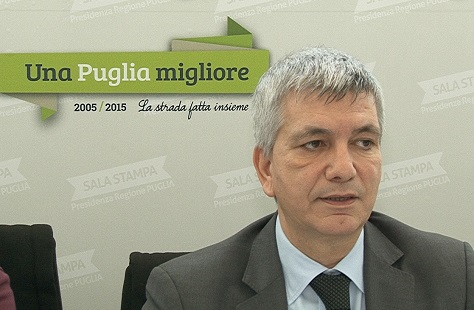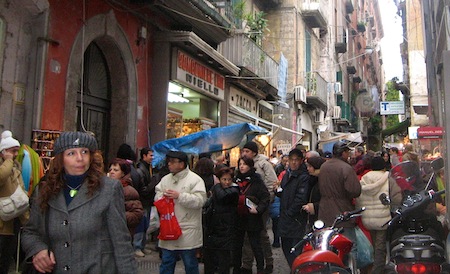Despite headlines proclaiming a setback for Italian prime minister Matteo Renzi and his center-left Partito Democratico (PD, Democratic Party), Renzi’s Democrats emerge from the May 31 regional elections as the strongest national party in Italy today.![]()
It’s true that the PD’s narrow loss in Liguria, a bellwether region straddling the Mediterranean and home to the ancient city-state of Genoa, is a disappointment for Renzi. His candidate, Raffaella Paita, narrowly lost the race to Giovanni Toti, the candidate of former prime minister Silvio Berlusconi’s center-right Forza Italia. Nevertheless, Renzi will be delighted to have retaken control of Campania, retained power in leftist strongholds like Marche and Tuscany and also in south-central regions like Umbria and Puglia, where the PD will govern with a much more Renzi-friendly candidate than outgoing regional president Nichi Vendola, an avowed communist.
It’s not that it was such a great election for the Democrats or for Renzi, who emerged Monday morning on a surprise visit to Italian troops in Afghanistan. There are many good reasons why voters are losing patience and enthusiasm for the youthful premier. Liberal voters worry that he has not been successful in effecting deep reforms in the face of vested interests. Leftist voters worry has is abandoning the core values of the Italian left. Voters of all stripes are despondent about the poor performance of Italy’s economy, which has only marginally improved in the past year.
Nevertheless, the alternatives to the Democratic Party are still so divided or extreme that the PD is still by far the clearest party of government. If Renzi can achieve more reforms and if the Italian economy improves over the next three years, there’s no reason to believe that Renzi won’t consolidate the PD’s gains at the next national elections, potentially transforming the Democrats into the kind of dominant party of government that the now-defunct Christian Democrats were from the 1950s to the 1990s or that Berlusconi’s center-right was in the 2000s.
Italians voted in seven of the country’s 20 regions, four of which rank among the country’s ten most populous regions. Each region holds two simultaneous elections — the first for a regional president (typically backed by a broad coalition of national and local parties) and the second for parties to the regional assembly.
Liguria, wit![]() h just 1.6 million residents, assumed overstated strategic importance as a bellwether region. The left’s loss in Liguria, after a decade in power there, had less to do with the resurgent power of Berlusconi and the centrodestra (center-right) and more to do with three confluent trends throughout the Italian regional elections, all three of which were present in Liguria. Continue reading Mixed results for Renzi in Italian regional elections
h just 1.6 million residents, assumed overstated strategic importance as a bellwether region. The left’s loss in Liguria, after a decade in power there, had less to do with the resurgent power of Berlusconi and the centrodestra (center-right) and more to do with three confluent trends throughout the Italian regional elections, all three of which were present in Liguria. Continue reading Mixed results for Renzi in Italian regional elections


